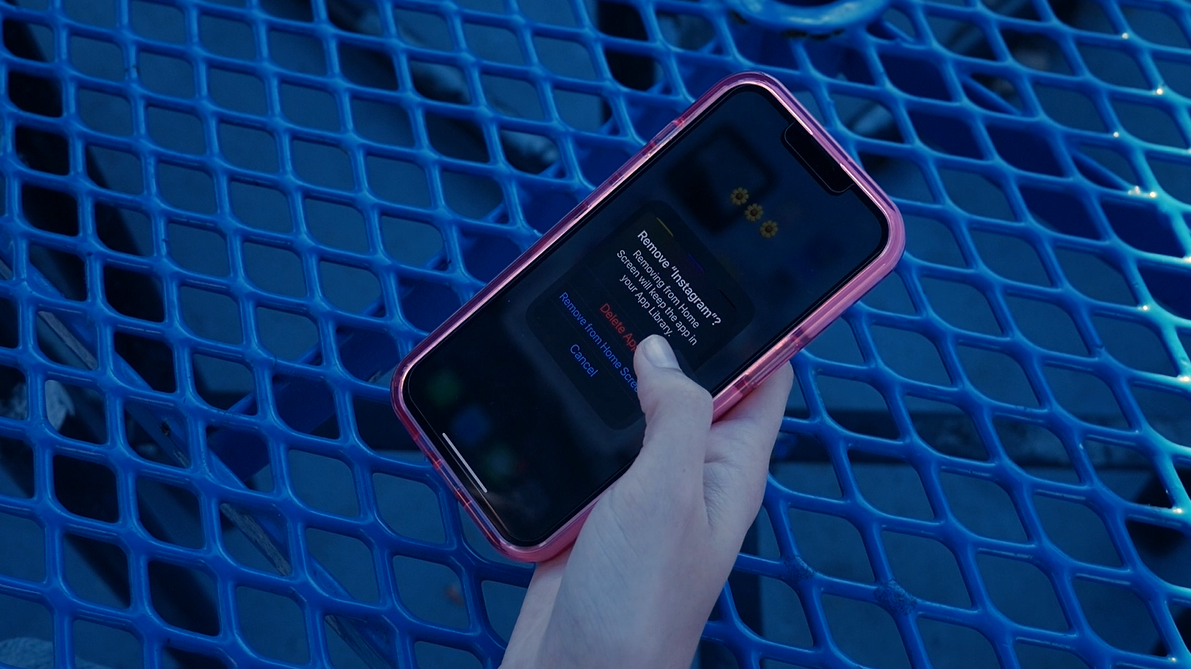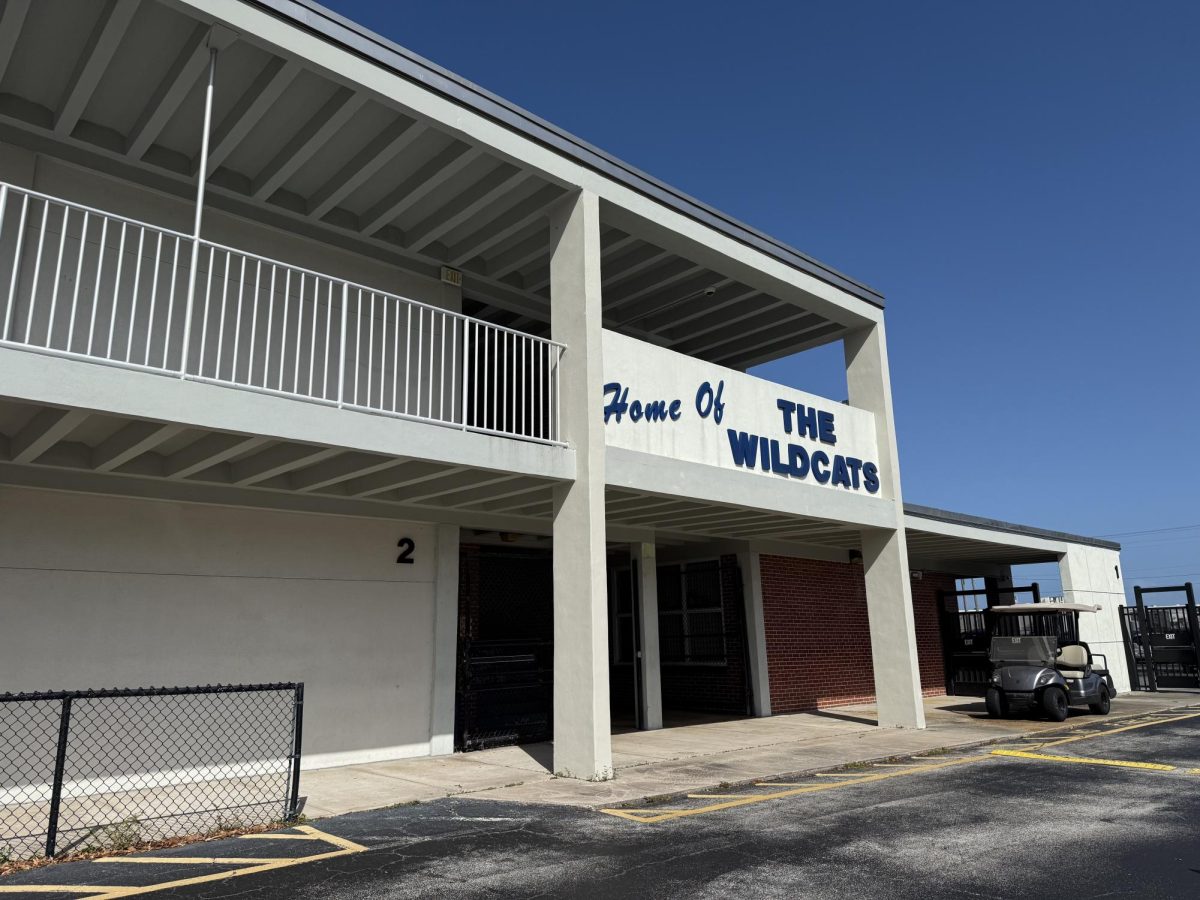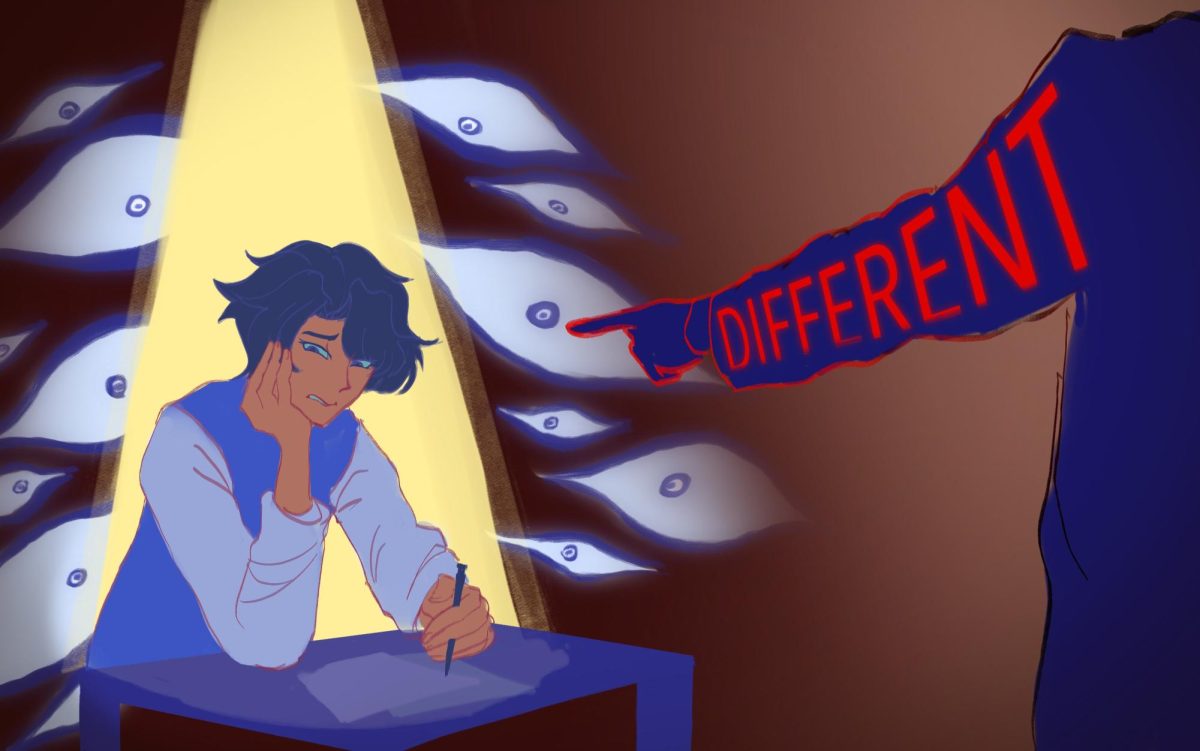The sign-up process for spring classes at Eastern Florida State College has changed. Students will be assigned a day of the week to visit an adviser from the college and discuss their choices for classes. If students are unavailable during their scheduled time, then they will have to attend one of the evening sessions at the EFSC on either the Melbourne or the Palm Bay campus. The window for the new registration procedure will be open from Nov. 7-17.
“I’m hopeful that we’ll get a lot better relationships with our EFSC advisors this way and a better dialogue about which classes people are taking,” College and Career Specialist Angela Feldbush said.
The previous method of enrolling was through uploading a Dual Enrollment Registration Form, otherwise known as a DERF. Students were given a paper copy of the form that they would scan and upload to the EFSC website and await administrator permission into courses.
“Personally, I liked signing up for classes through the DERF because it was a bit more flexible,” sophomore and dual enrollment student Hlla Waregh said. “Rather than having to sign up on a certain day, you could do it whenever you wanted and get it over with.”
The main issue with the DERF method was that by the time the forms would reach administrators, most of the classes would already be full, according to Feldbush.
“It created kind of a cascade of problems because you weren’t registering at the time and seeing what was available,” Feldbush said.
Dual enrollment students registered for their fall courses for the first semester using the DERF method. That method will no longer be accepted, and if students are unable to attend any of the in-person enrollment opportunities, then they will find themselves with no college classes for the second semester.
“There’s the fear that if people miss the window, they’ll have to take classes here instead,” Feldbush said. “It could end up with people being added randomly to virtual classes or into electives.”
By Amanda Madjid












































